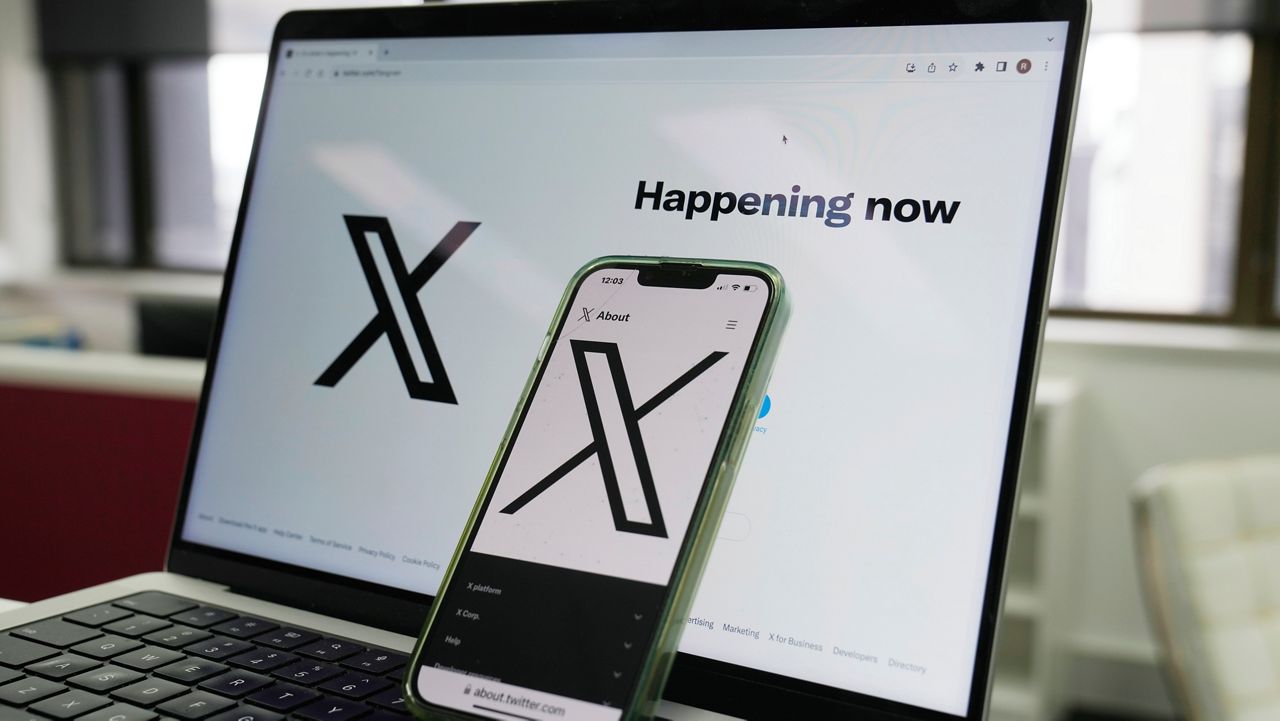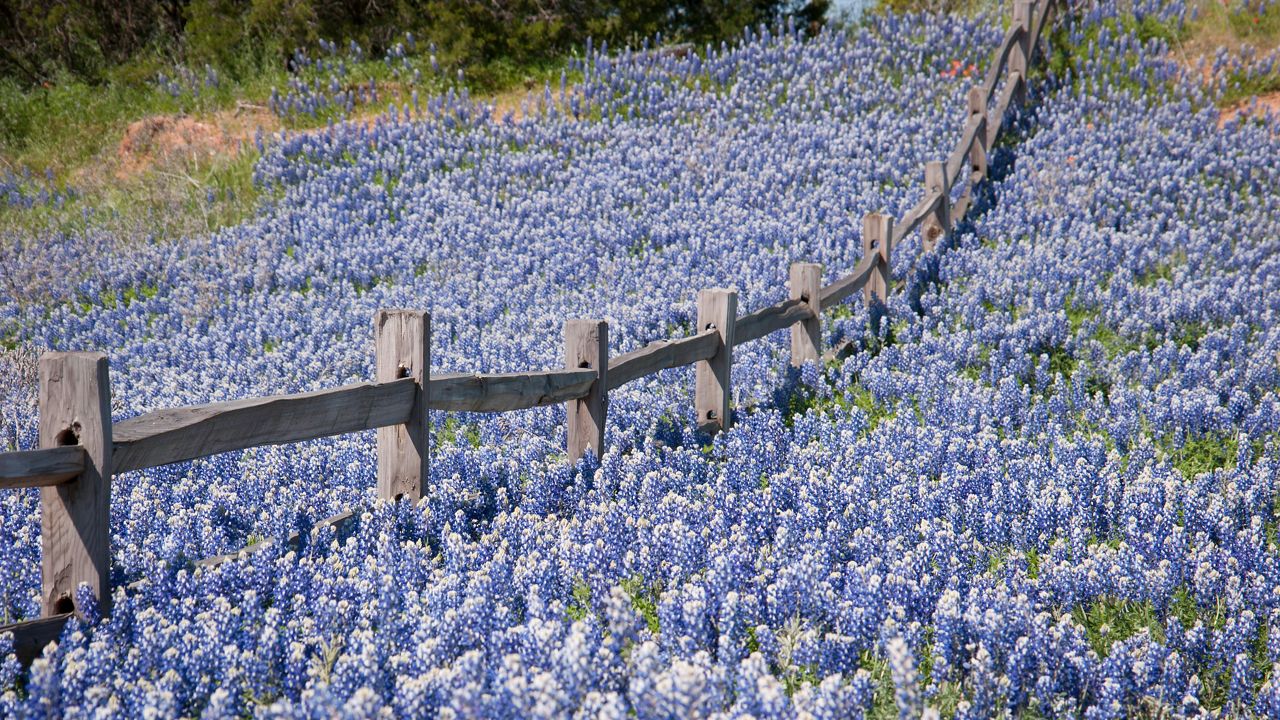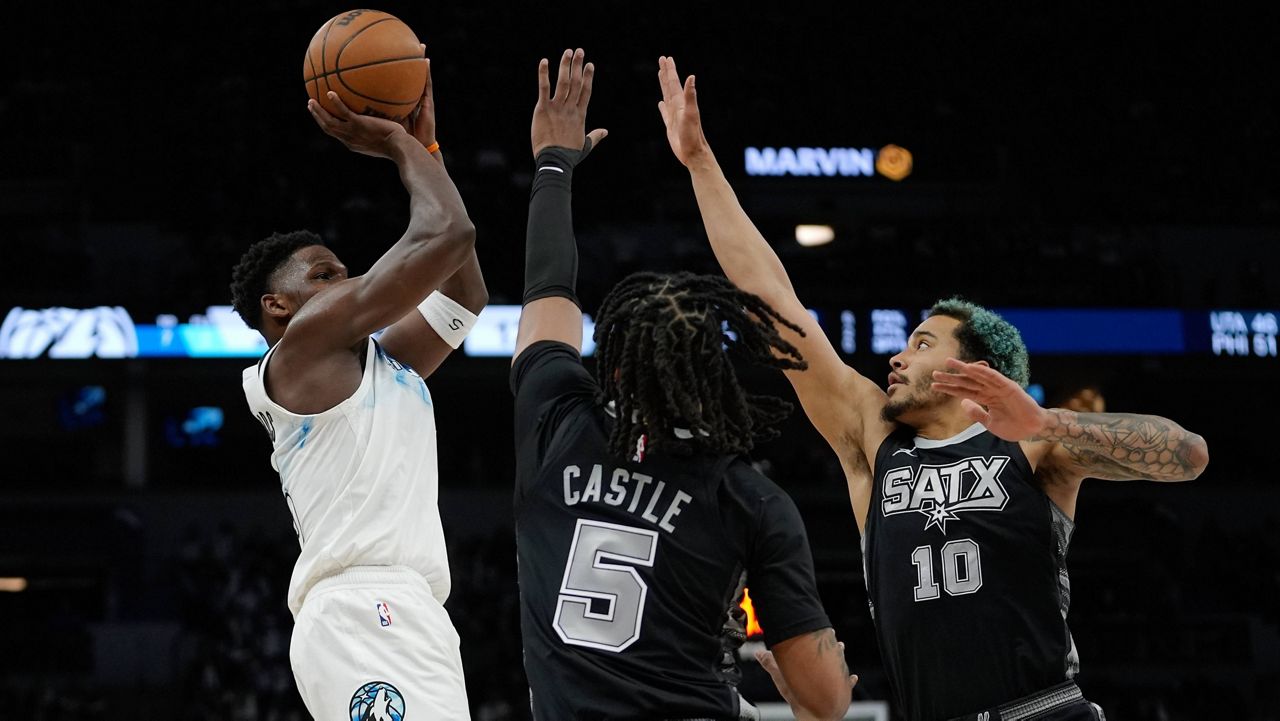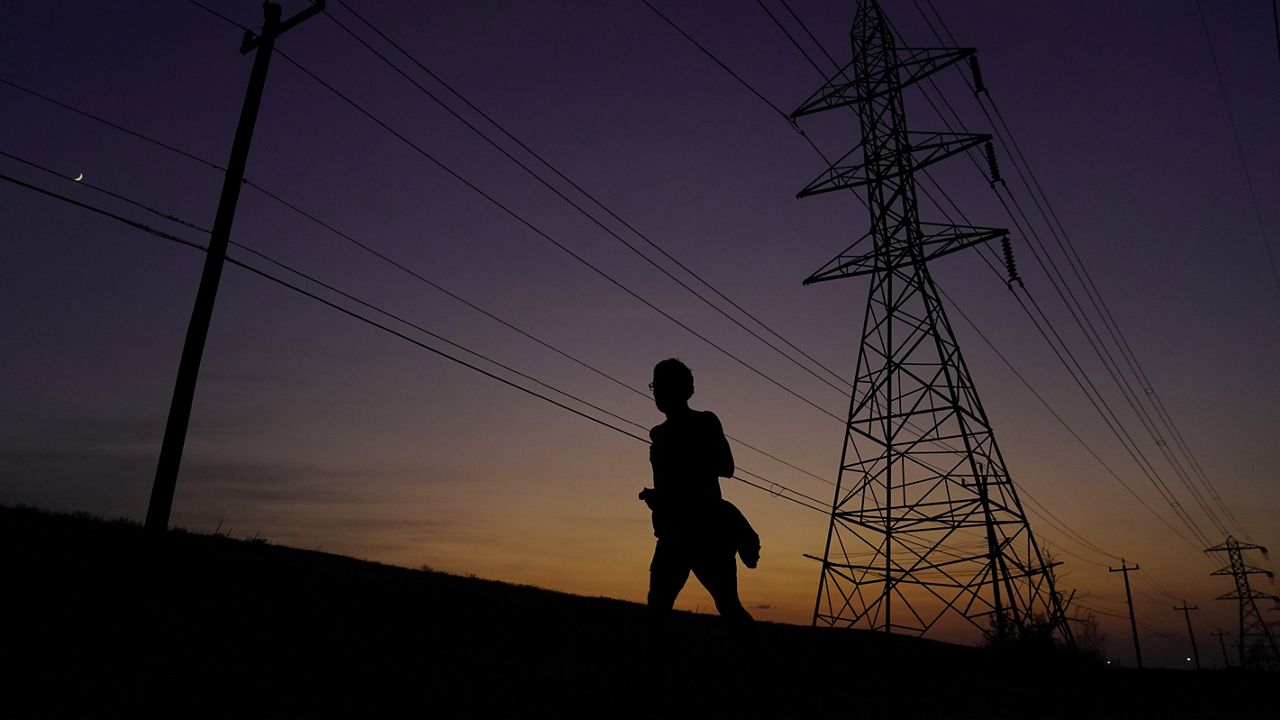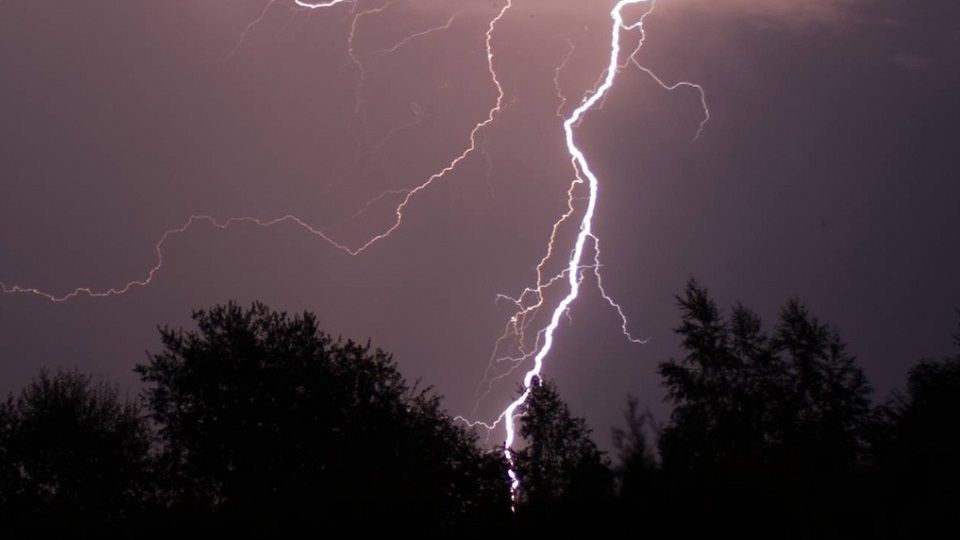Rhonda Cole remembers begging for a horse of her own when she was a kid. She didn’t get one until she was 28.
“I left home, and I bought a stereo and a horse because that was important,” Cole said.
She and her husband still love horses, but their barn houses mules these days. For 19 years in a row, Cole visited Big Bend National Park for trail riding. She saw a lot of countryside and people riding mules.
“It really piqued my interests,” she said.
Around 2015, she was invited to a ride in Arkansas, where she witnessed extreme trail riding for the first time.
“I was just in awe,” Cole said. “I just had to do it.”
Mules are used for the sport because they can handle the tough terrain better than horses. The animals can see all four of their feet and Cole explained how horses power forward using their hind legs.
“If you want to charge up the side of a mountain, which is what we love to do, a horse is going to try to get a running start,” Cole said. “A mule can just truck right up there, and it’s still nice and smooth.”
In late 2017, Cole and her husband met up with friends for a ride in Quitaque, Texas.
“I didn’t even make it out of camp,” she recalls
It was the first day of the ride, and Cole was having trouble with her mule.
“I ended up catapulting over her head, not really sure what stole my eye from me,” Cole said.
Cole thinks she landed on a Spanish Dagger but says it happened so fast she isn’t sure exactly what damaged her eye.
“I just remember them picking me up in a pickup and all the fluid was coming out of my eye,” Cole said.
At the emergency room, doctors told Cole her eye needed to be removed. But Cole, who spent her life working in ophthalmology, refused.
Despite the shock and pain, Cole told doctors to get her stable enough to get to Austin.
Her intention was to get to Austin Retina Associates. There, she wanted to see Dr. James Dooner. Although the two had never met before, Cole had referred patients to Dooner in the past.
“The trauma had affected her iris or pupil,” Dooner recalls. “With this trauma, she had lost her lens, it had been ejected essentially from her eye.”
Dooner says Cole’s optic nerve and retina had been damaged, too. The long-time retina specialist put it simply by comparing the eye to a camera.
“The lens of the camera was disrupted, and the film of the camera was disrupted,” Dooner said.
Despite how horrible Cole’s eye looked, Dooner said he learned from mentors that no matter the trauma, the eye can end up doing quite well to regain vision.
“I thought it was too early to give up on her without a good try,” Dooner said.
Cole required numerous surgeries to reattach her retina, repair her cornea, place an artificial iris and place an artificial lens on her eye.
Dooner says Cole could barely see light out of her damaged eye. After recovery, Cole has a blurred spot in the center of her vision and some darkened vision but can see movement. Useful vision, but not near what it used to be.
Cole’s next challenge was returning to the sport she loved so much. After the accident, she sold her mule and didn’t think she’d ride again. She couldn’t get past the fear or anxiety of getting back on a mule.
“The first time I got back on, I just sat and cried.” Cole said. “I couldn’t move. I was frozen.”
After a lot of courage, help from encouraging friends, reinforcement from doctors and some special mules, Cole returned to riding exactly one year after she tumbled off that mule.
“There were many panic days,” Cole said.
Only recently has Cole felt like she’s returned to the rider she was before the accident. She was featured in the June edition of Western Mule Magazine. She’s pictured in the same Texas town where she injured her eye, although she says the photo was taken far away from where the accident happened.
Of course, Cole and her husband already have rides scheduled for the rest of the year.








